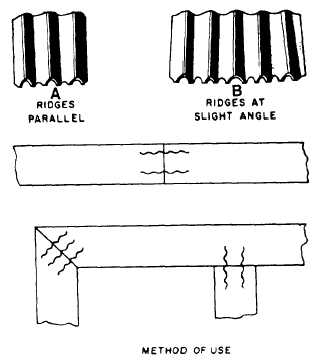
Figure 3-84.-Corrugated fasteners and their uses.
(which have a plastic base) and mastics (which have an asphalt, rubber, or resin base) are the two major categories of adhesives.
The method of applying adhesives, their drying time, and their bonding characteristics vary. Some adhesives are more resistant to moisture and to hot and cold temperatures than others.
SAFETY NOTE
Some adhesives are highly flammable; they should be used only in a well-ventilated work area. Others are highly irritating to the skin and eyes. ALWAYS FOLLOW MANUFACTURER'S INSTRUCTIONS WHEN USING ADHESIVES.
Glues
The primary function of glue is to hold together joints in mill and cabinet work. Most modern glues have a plastic base. Glues are sold as a powder to which water must be added or in liquid form. Many types of glue are available under brand names. A brief description of some of the more popular types of glue is listed below.
Polyvinyl resin, or white glue, is a liquid that comes in ready-to-use plastic squeeze bottles. It does a good job of bonding wood together, and it sets up (dries) quickly after being applied. Because white glue is not waterproof, it should not be used on work that will be subjected to constant moisture or high humidity.
Urea resin is a plastic based glue that is sold in a powder form. The required amount is mixed with water when the glue is needed. Urea resin makes an excellent bond for wood and has fair water resistance.
Phenolic resin glue is highly resistant to tempera- ture extremes and water. It is often used for bonding the veneer layers of exterior grade plywood.
Resorcinol glue has excellent water resistance and temperature resistance, and it makes a very strong bond. Resorcinol resin is often used for bonding the wood layers of laminated timbers.
Contact cement is used to bond plastic laminates to wood surfaces. This glue has a neoprene rubber base. Because contact cement bonds very rapidly, it is useful for joining parts that cannot be clamped together.
Mastics
Mastics are widely used throughout the con- struction industry. The asphalt, rubber, or resin base of mastics gives them a thicker consistency. Mastics are sold in cans, tubes, or canisters that fit into hand-operated or air-operated caulking guns.
These adhesives can be used to bond materials directly to masonry or concrete walls. If furring strips are required on a wavy concrete wall, the strips can be applied with mastic rather than by the more difficult procedure of driving in concrete nails. You can also fasten insulation materials to masonry and concrete walls with a mastic adhesive. Mastics can also be used to bond drywall (gypsum board) directly to wall studs. They can also be used to bond gypsum board to furring strips or directly to concrete or masonry walls. Because you don't use nails, there are no nail indentations to fill.
By using mastic adhesives, you can apply paneling with very few or no nails at all. Wall panels can be bonded to studs, furring strips, or directly against concrete or masonry walls. Mastic adhesives can be used with nails or staples to fasten plywood panels to floor joists. The mastic adhesive helps eliminate squeaks, bounce, and nail popping. It also increases the stiffness and strength of the floor unit.
Continue Reading